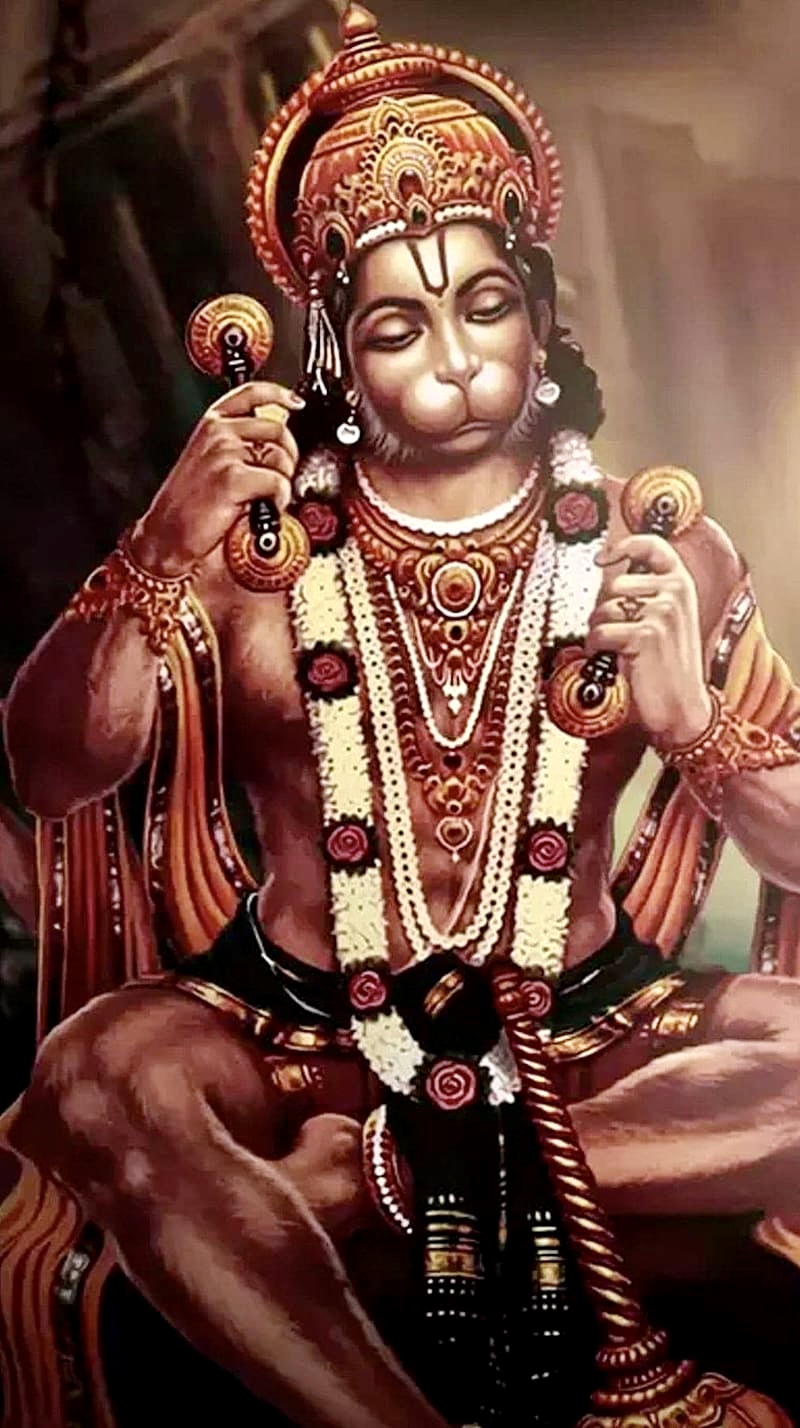If you travel through the villages of South India long enough, you’ll notice a charming pattern: wherever there is a Karuppan Swamy temple, Hanuman Swamy is usually standing nearby, shoulders squared, ready for duty. A Hanuman bhakta friend once joked, “Where your boss stands, mine is never too far behind.” Humour, but with a surprising amount of metaphysical accuracy.
Hindu tradition is a galaxy: brilliant, expansive, and gloriously non-linear. On one end, you have the lofty ideas of Nirguna and Saguna Brahman. Then come the great Maha Vidyas like Kali and Tripura Sundari, the world-shaping Avatars such as Sri Rama and Sri Krishna, the local goddesses like Shitala Devi and Mariamman, and finally the guardians of soil and space:
The beloved Grama Devatas and Kshetrapalakas: Khandoba, Karuppan, and countless others whose shrines hum with the pulse of everyday life.
Recently, a student asked me how to understand different deities without getting lost in the cosmic buffet. I told him about Maha Ganapati, one of the Great Gods, who watches over a sadhaka from an eagle’s height.
Mahaganapati is a macro-level deity: he oversees lifetimes, rearranges karmic furniture, and places obstacles with the same precision a parent hides chocolate from a sugar-loving child. Every block, every breakthrough perfectly timed.
Then there are micro-level deities like Karuppan, the kind who walk beside you with the easy familiarity of a village elder. When danger approaches, they don’t wait for cosmic alignment they step forward now. Grama Devatas live in the rhythm of the immediate: protection, justice, clarity, strength.
And Hanuman? Ah, he is the rare one who dissolves the line between Great God and Grama Devata with effortless grace.
His ability to grow vast or shrink tiny isn’t just about muscles, it’s about role, function, proximity. As Panchamukha Hanuman, he carries the combined energies of Narasimha, Hayagriva, Garuda, and Varaha.
As a Tantrika Devata seated on a royal throne, he grants Dharma, Artha, Kama, and Moksha.
And precisely because he is free of ego, he can show up at ground level: almost like a Grama Devata, close enough to walk beside a lay bhakta, as if saying, “Don’t worry, I’ve got this part.”
There are Karuppan temples where Hanuman himself handles the Kshetrapalaka duties for Karuppan. Now compare that with the Puranic Indra, who, according to the stories, could get offended by the spiritual equivalent of a raised eyebrow.
Hanuman is the opposite easily satisfied with straightforward worship and a warm, almost family-like connection with his bhakta, very much in the style of our beloved Grama Devatas.
During a trip to Kerala, I saw a Hanuman shrine overlooking a lake where women bathed, installed simply to protect them from local troublemakers. No yajna, no pomp. Just service. Just presence.
Great God and Grama Devata: both, at the same time. That is the beauty of him.
And perhaps, the beauty of our entire spiritual landscape.
If this touched something quiet within you, come sit closer in our Tantra circle https://shorturl.at/4Fs5a where the wisdom of the Great Gods and the simplicity of Grama Devatas meet in living practice.


No responses yet